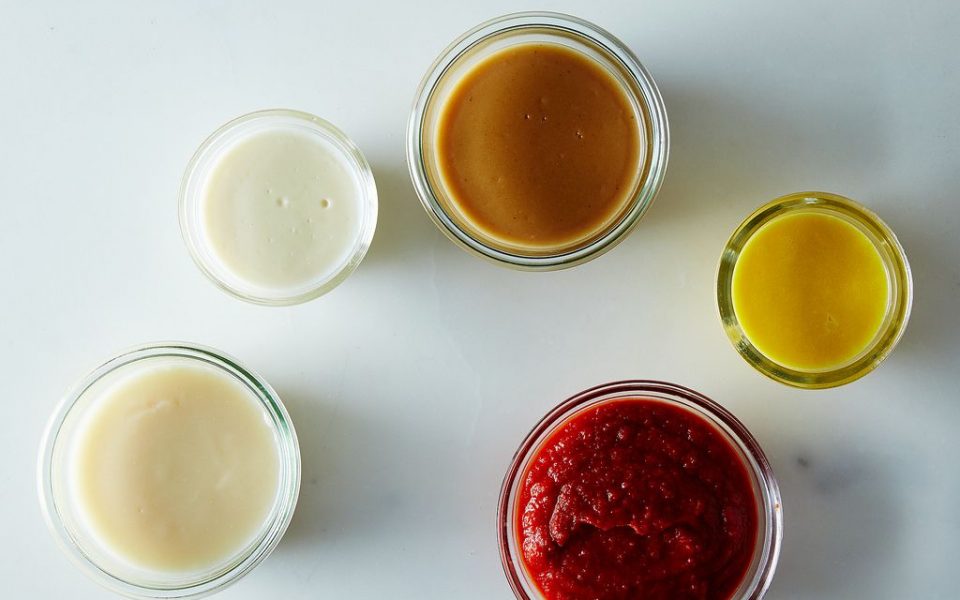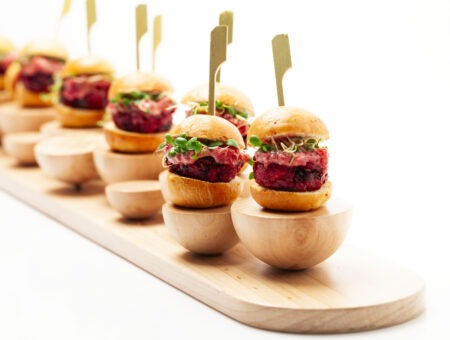Inspired by conversations on the Food52 Hotline, we’re sharing tips and tricks that make navigating all of our kitchens easier and more fun.
Today: The five sauces every home cook should know how to make and customize.
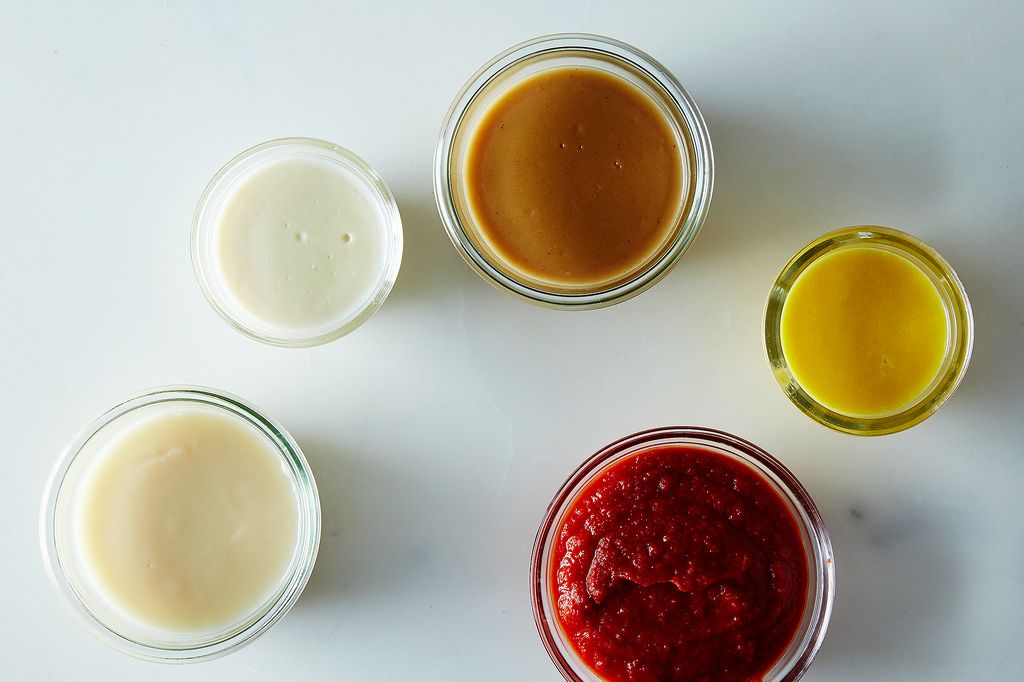
In the 19th century, Marie-Antoine Carême anointed Béchamel, Velouté, Espagnole, and tomato sauce as the building blocks for all other sauces in his work L’Art de la Cuisine Française au Dix-Neuvième Siecle. Later on, Hollandaise got added to the family. Since then, many people consider others sauces — sweet and savory from all around the world — as unofficial extended relatives of these five sauces.
Though some will argue for the importance of chimichurri and chocolate sauce, it’s a knowledge of the five French mother sauces that will prove essential. They may seem intimidating, but mother sauces will nurture your kitchen confidence. With a few simple ingredients (mostly flour, butter, and a liquid) and a couple easy techniques, these five sauces, all equally important to your cooking repertoire, serve as the starting point for a slew of other classics.
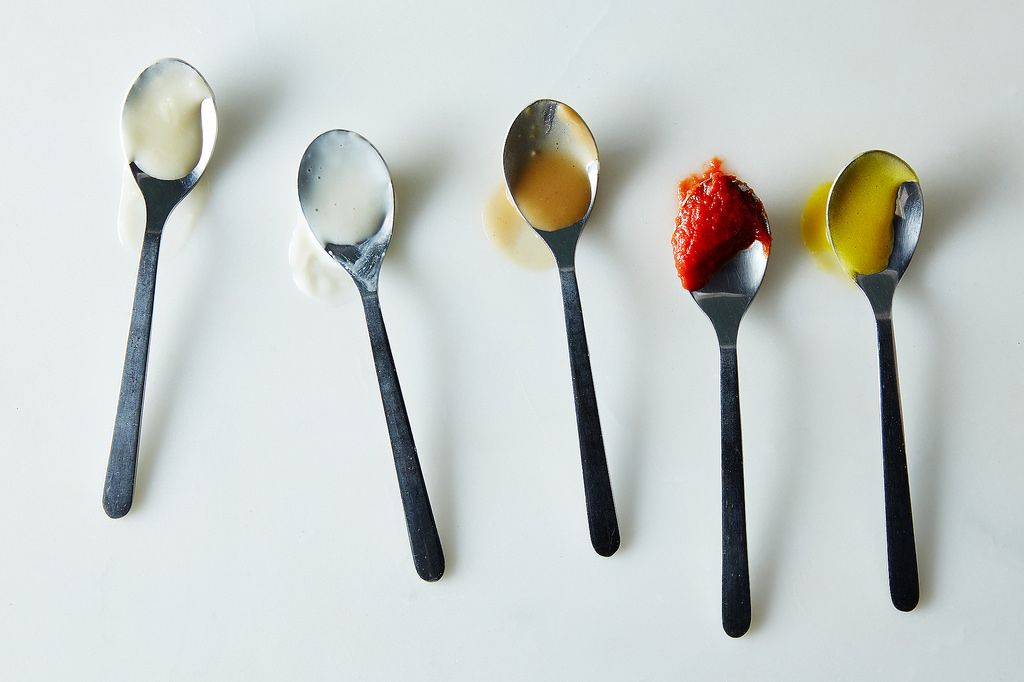
Once you get the feel for these sauces, you’ll be able to whisk them up whenever you want to get fancy. And soon enough, you’ll feel confident enough to break tradition and take that Mother Sauce somewhere she’s never gone before. Here’s what you need to know about the building blocks of sauces:
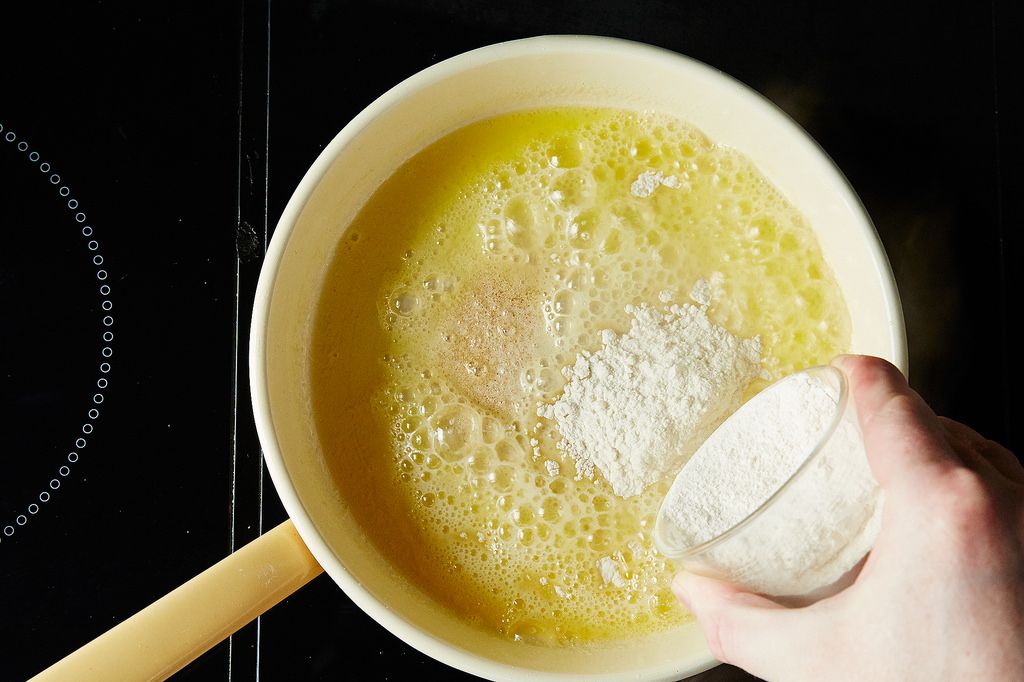
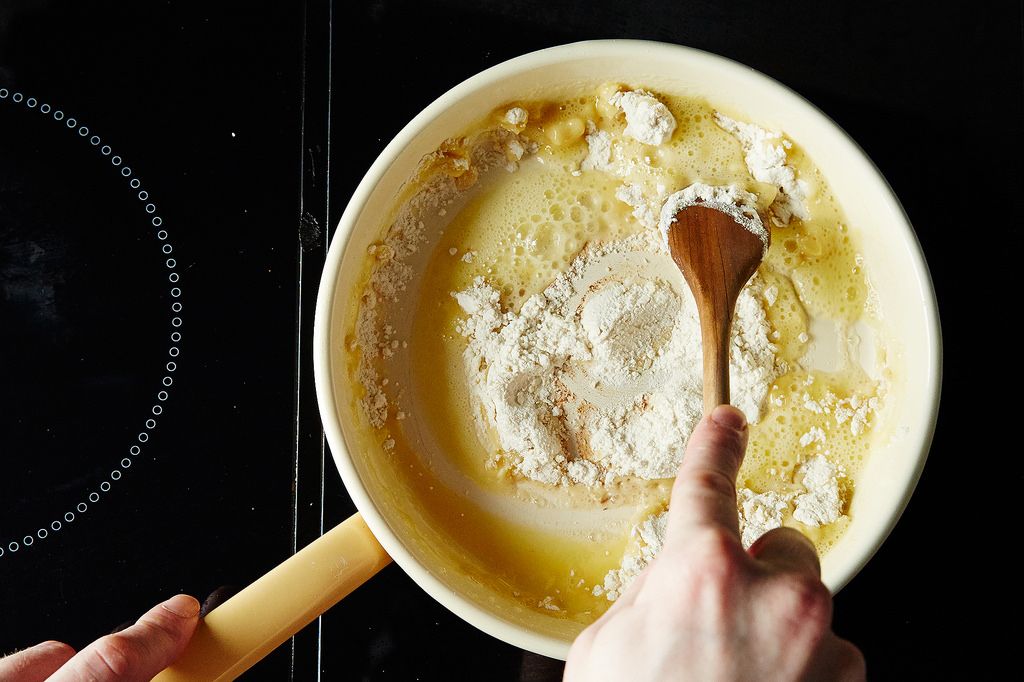
Beyond flavor, the most important element of any sauce is its ability to smother and cling to whatever it gets drizzled, dolloped, or poured on. That means making the sauce thick and stable, which is accomplished with three techniques: a roux, an emulsifier, and a reduction (liquid that’s slowly cooked down until thick).
Four out of the five mother sauces start with a roux. Roux is a fancy name for flour mixed with fat. Equal parts butter and flour get cooked over medium heat, then a liquid gets added. This mixture then boils, thickens (reduces), and becomes the base of your sauce. Just note, if you’re making a white sauce — like Béchamel or Velouté — do not brown the butter, as it will darken the finished product. The last mother sauce is a product of emulsification, which I’ll explain below.
More: Is it your first time making a roux? Here’s how to do it, step by step.
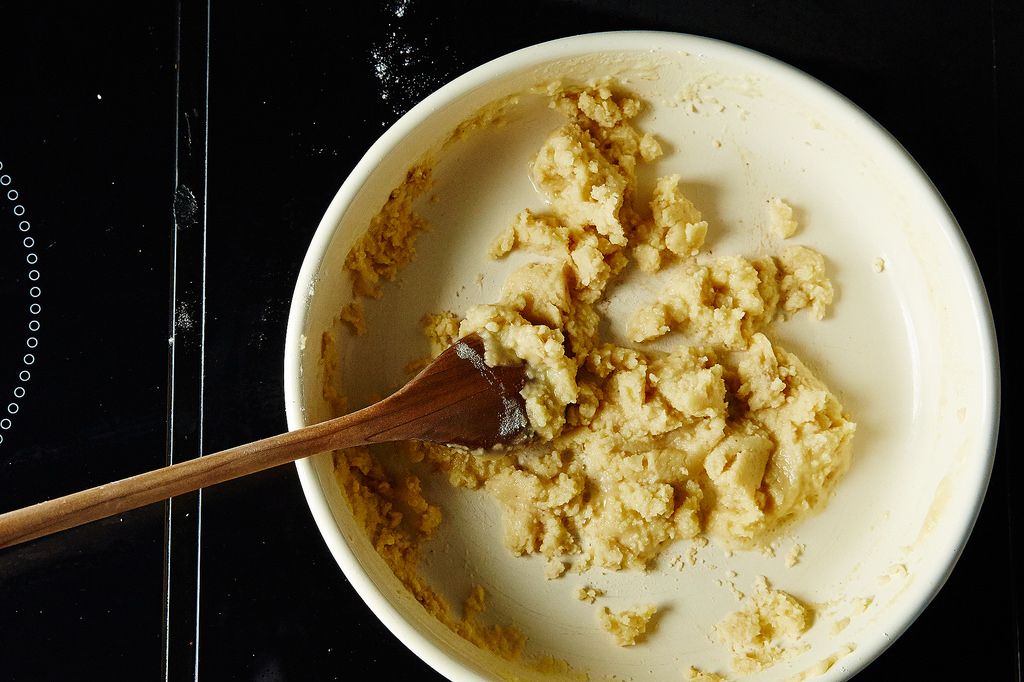
Here are the basic formulas of the five mother sauces:
Béchamel: Roux + Dairy (traditionally milk or cream)
Velouté: Roux + White Stock (traditionally chicken, but also vegetable or fish)
Espagnole: Roux + Brown Stock (traditionally veal or beef)
Tomato: Roux + Tomatoes (or, go the Italian route by skipping the roux and simply reducing tomatoes over medium-low heat until thick)
Hollandaise: Egg Yolks + Clarified Melted Butter + Acid (like lemon juice or white wine)

Now that you understand the basics, let’s talk about each Mother Sauce in more detail (and what to pair them with):
Béchamel
If you’ve eaten homemade macaroni and cheese, a classic croque madame, or lasagna, chances are you’ve experienced the rich creaminess of Béchamel. It can be made in its most basic form by just combining roux and cream, or it can be mixed with other ingredients to create new sauces: Mornay is made by adding Gruyère or Parmesan, and mustard sauce is made by adding — you guessed it — mustard.
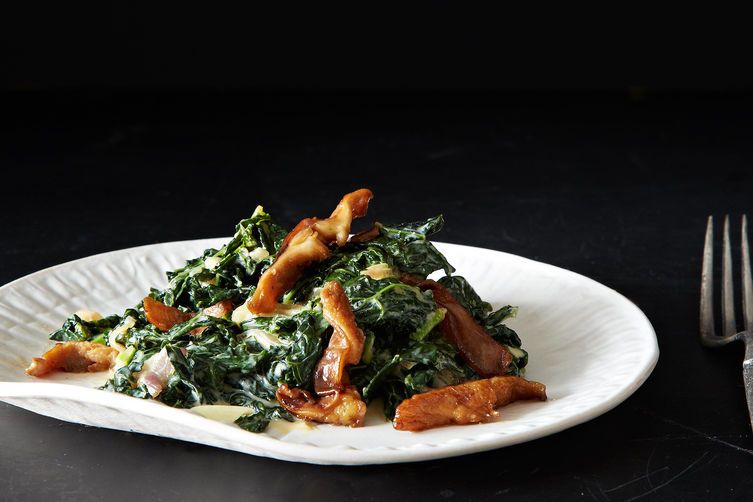
Here are some other ways to use Béchamel:
- Swap in Béchamel for some of the cream in a gratin.
- Pour it over polenta cakes and broil for a few minutes until bubbly and golden brown.
Once you’ve mastered basic Béchamel, here’s how to get more creative: Spike a classic Béchamel with soy and miso for a new take on Trent Pierce’s Miso-Creamed Kale or Nobu’s Fried Asparagus.
Velouté
Like good old Béchamel, Velouté begins with a white roux, but then it gets mixed with white stock made from fish, chicken, or veal. Technically not a finished sauce, it’s used as a flavorful starting point for gravies, mushroom sauces (hello chicken pot pie), and shrimp sauce (hello shrimp bisque).
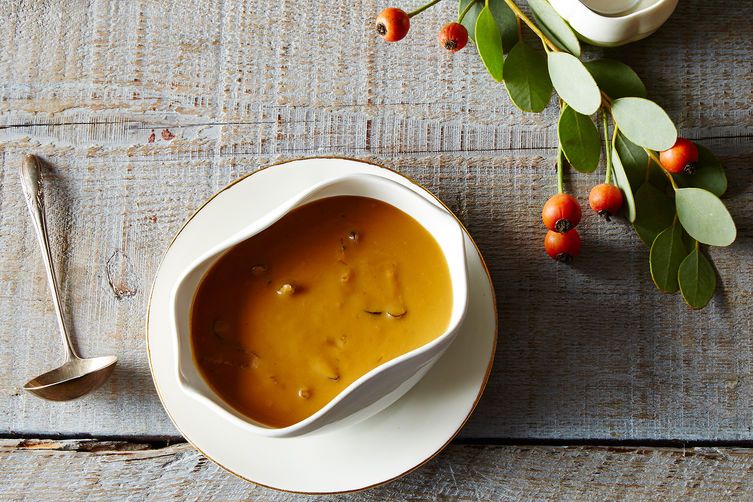
Here are some other ways to use Velouté:
- Whip up Velouté with veal stock, then use it to make Swedish Meatballs.
- Smother biscuits with an herby gravy for breakfast.
Once you’ve mastered basic Velouté, here’s how to get more creative: Make velouté vegetarian with a mushroom-based stock for this Vegetarian Mushroom Thyme Gravy.
Espagnole
Although some think blond roux have more fun, Espagnole proves that dark roux know how to party, too. Also known as brown sauce, Espagnole begins with a mirepoix (carrots, celery, and onions), beef stock, and deglazed brown bits (fond) from beef bones. From there, tomato paste and spices may be added.
To make a demi-glace, a rich French brown sauce, combine the Espagnole with more beef stock; to create Bordelaise, a red wine sauce that pairs well with steak and mushrooms, mix the demi-glace with red wine and herbs. Serve this with filet mignon for an excellent dinner.
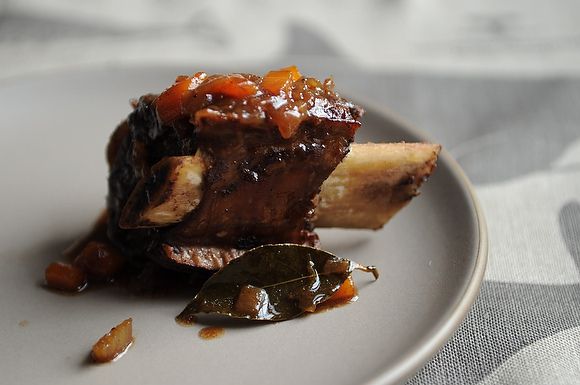
Here are some other ways to use Espagnole and its variations:
- Pair roast lamb with a demi-glace.
- Drizzle a little Bordelaise over mushroom risotto.
Once you’ve mastered basic Espagnole, here’s how to get more creative: Take Espagnole somewhere new by adding tamarind paste and making Dan Barber’s Braised Short Ribs.
Tomato
Probably the first mother sauce you ever tasted (over a heaping bowl of spaghetti), tomato sauce is often a mixture of just onions, garlic, and tomatoes. Although some traditionalists may start with a roux, most tomato sauces merely rely on a tomato reduction to build flavor and create thickness.
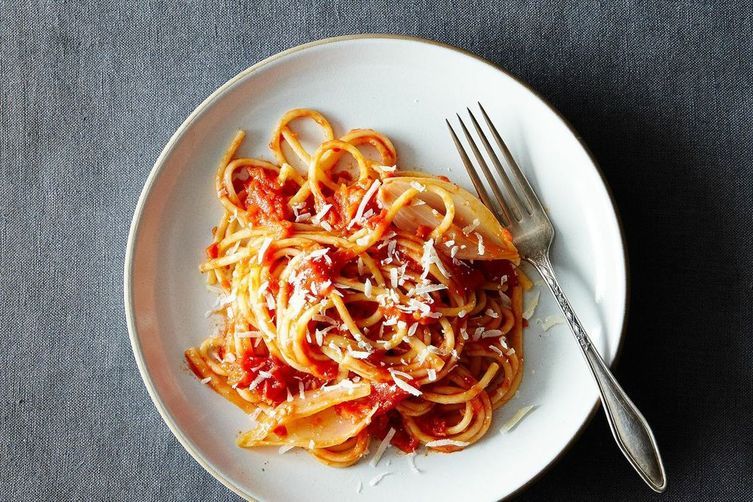
Here are some other ways to use tomato sauce:
Once you’ve mastered basic tomato sauce, here’s how to get more creative: Marcella Hazan’s tomato sauce can’t be beat, but if you want to think outside of Italy, use your tomato sauce to make Lentil Cakes with Tikka Masala instead.
Hollandaise
Think of Hollandaise as a fancy mayonnaise that uses clarified butter in place of oil and gets drizzled over asparagus and eggs without judgment. Instead of using a roux or a reduction, Hollandaise uses the method of emulsification: the act of using a binding agent (in this case, an egg yolk) to force two ingredients that don’t mix well together (here, butter and lemon juice) to like each other immensely. Hollandaise takes patience, as you’ll need to temper the mixture so that the eggs do not curdle. The sauce can break easily, but you can patch things back together by adding a little heavy cream and whisking until the sauce returns to its smooth state; or use Amanda’s trick for fixing broken aioli — a close relative of Hollandaise sauce — by using the broken emulsification to start your next batch. Sound like a lot of hard work? This Fried Green Tomato Benedict makes it all worth the trouble.
When mixed with unsweetened whipped cream, Hollandaise suddenly becomes airy Mousseline that can be poured over fish or vegetables.
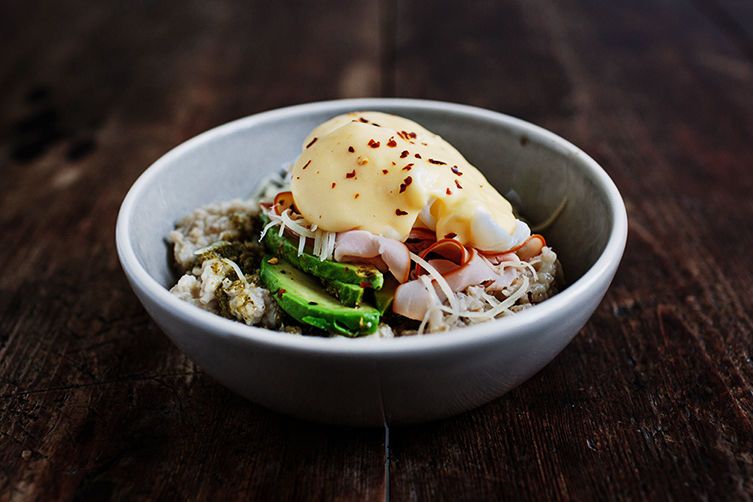
Here are some other ways to use Hollandaise:
- Drizzle it over crab cakes, or use it as a dipping sauce.
- Substitute it for mayo in roasted potato salad.
Once you’ve mastered basic Hollandaise, here’s how to get more creative: Let another breakfast staple enjoy the creaminess of Hollandaise with this Savory Oatmeal recipe. Or take your nextCaramelized Pork Bahn Mi to new heights by replacing the mayonnaise with a Sriracha-spiked Hollandaise sauce.
Short rib photo by Sarah Shatz; last photo by Marta Greber; all others by James Ransom
 by Claudine Revere
on
by Claudine Revere
on


